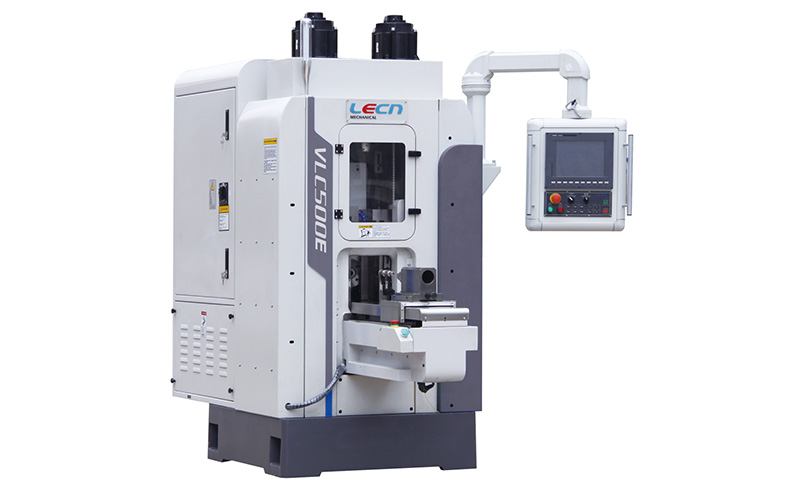How do I choose a vertical vs. horizontal rolling machine?
In the realm of industrial machinery, the decision between vertical and horizontal rolling machine is pivotal. Both offer distinct advantages and cater to different operational needs. Understanding these nuances is crucial for making an informed choice that aligns with your specific requirements.
Understanding Vertical Rolling Machines
Vertical rolling machines are revered for their versatility and precision. These machines operate with a vertically oriented axis, allowing for efficient handling of various materials. Their design facilitates the processing of long and narrow workpieces with ease.

Advantages of Vertical Rolling Machines:
Space Efficiency: Vertical rolling machines typically have a smaller footprint, making them ideal for compact workspaces.
Enhanced Control: The vertical orientation provides better control over the rolling process, leading to precise outcomes.
Versatility: These machines are adept at handling a wide range of materials, including sheet metal, plates, and profiles.
Exploring Horizontal Rolling Machines
Horizontal rolling machine on the other hand, boast their own set of merits, particularly in scenarios where specific functionalities are paramount. Operating on a horizontally oriented axis, these machines offer distinct advantages that cater to certain applications.
Advantages of Horizontal Rolling Machines:
High Throughput: Horizontal rolling machines excel in processing larger workpieces, making them ideal for heavy-duty applications.
Efficient Material Handling: The horizontal orientation facilitates seamless handling of bulky materials, streamlining the rolling process.
Specialized Operations: These machines are often preferred for applications requiring specialized functionalities, such as heavy plate rolling.
Key Considerations for Selection
When faced with the decision between vertical and horizontal rolling machines, several factors come into play. Understanding your operational requirements and evaluating these machines based on specific criteria can guide you towards the optimal choice.
Factors to Consider:
Workpiece Size and Dimensions: Assess the size and dimensions of your workpieces to determine which orientation aligns best with your requirements.
Material Type and Thickness: Consider the types of materials you'll be working with and their thickness, as this can influence the suitability of each machine.
Precision Requirements: Evaluate the level of precision needed for your applications and choose a machine that offers the necessary control and accuracy.
Production Volume: Determine the expected production volume to select a machine that can meet your throughput demands effectively.
Available Space: Take into account the available workspace and choose a machine that fits seamlessly within your facility without compromising efficiency.
Conclusion
In the debate between vertical and horizontal rolling machines, there is no one-size-fits-all solution. Each type offers unique advantages tailored to specific operational needs. By carefully evaluating factors such as workpiece size, material type, precision requirements, production volume, and available space, you can make an informed decision that maximizes efficiency and productivity in your operations.
评论
发表评论